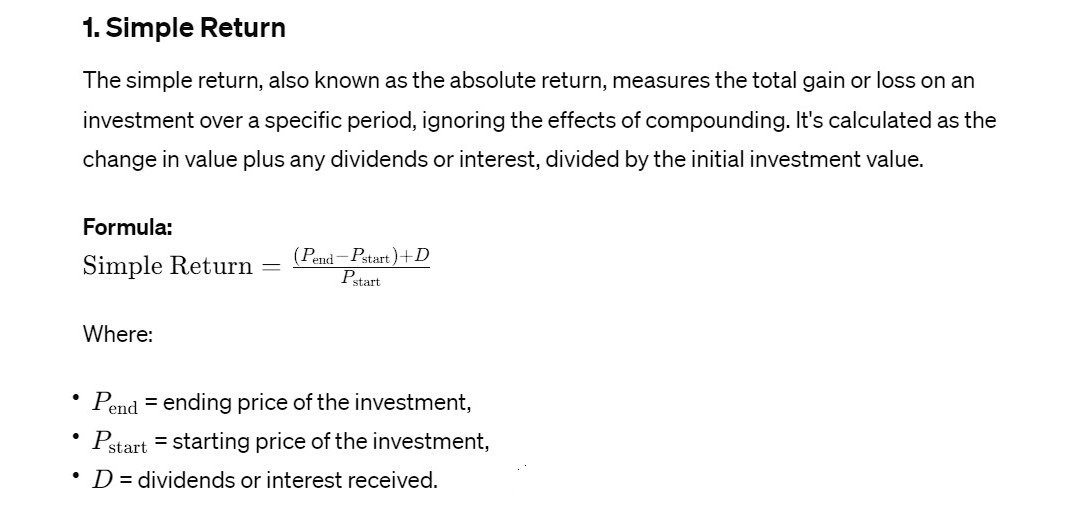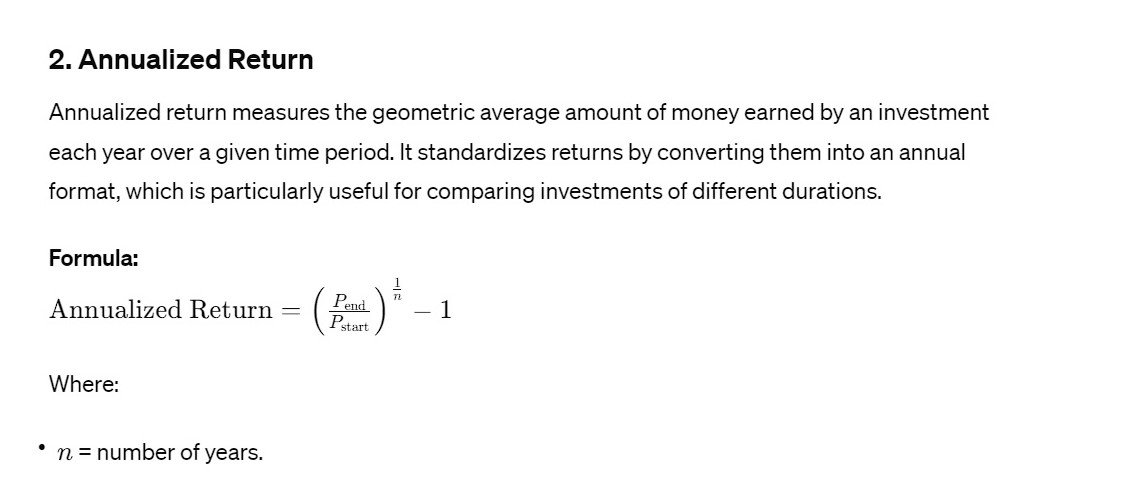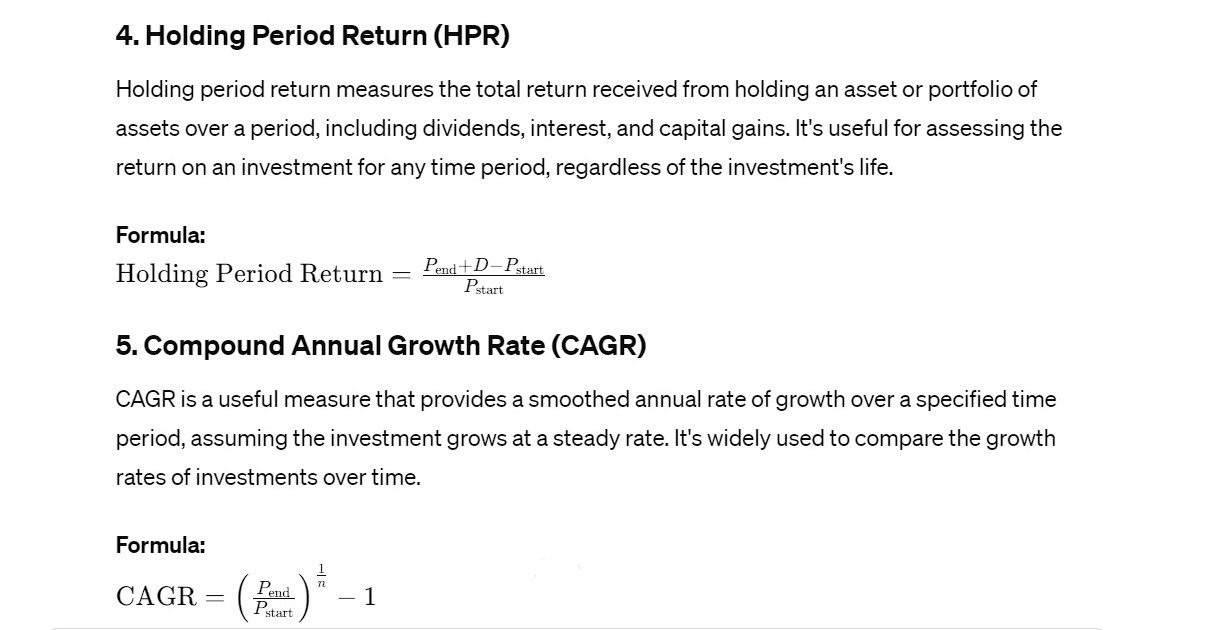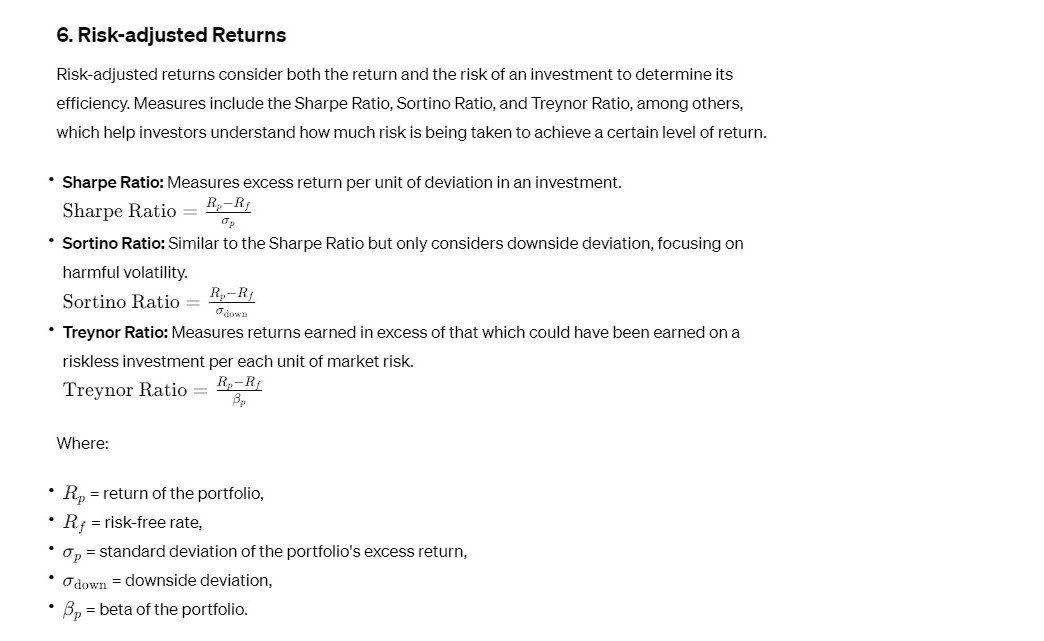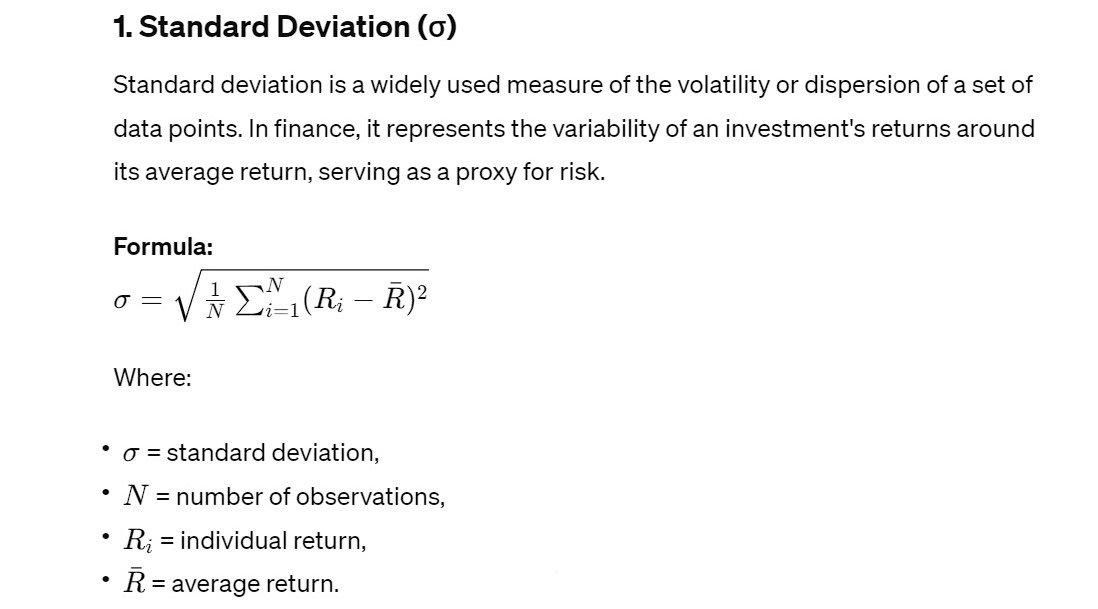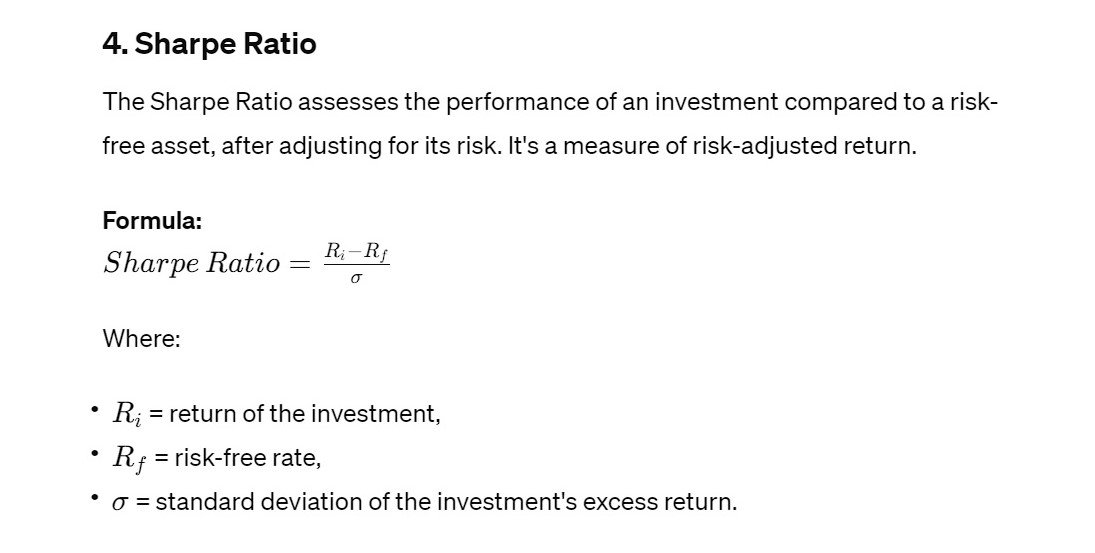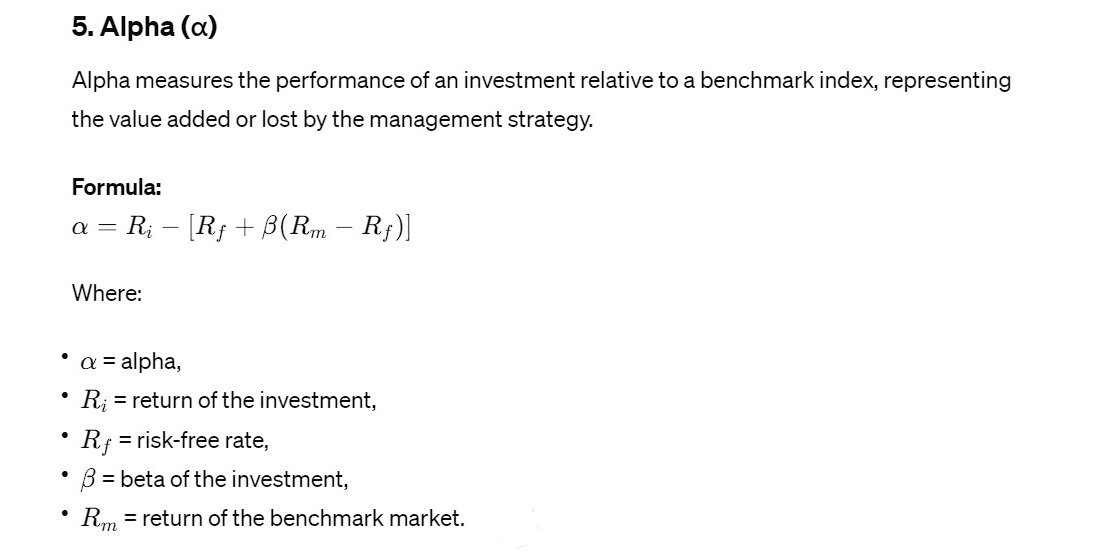Risk Preference of investors
Risk preference is a fundamental determinant of investment behavior, shaping individuals’ and organizations’ attitudes towards risk and influencing their investment decisions. By understanding their risk preferences, investors can construct portfolios that align with their financial goals, time horizon, and comfort level with uncertainty. Financial advisors and investment professionals play a vital role in assessing clients’ risk preferences, providing personalized advice, and helping clients navigate the complex landscape of risk and return. Ultimately, effective risk management requires a balanced approach that considers both the potential for returns and the tolerance for risk, ensuring investors can achieve their financial objectives while maintaining peace of mind.
Understanding risk preference is essential in finance and investment as it shapes individuals’ and organizations’ decisions regarding asset allocation, portfolio construction, and investment strategies. Risk preference refers to an individual’s or entity’s attitude towards risk, indicating their willingness to accept uncertainty and potential losses in pursuit of higher returns. Different investors have varying risk preferences influenced by factors such as financial goals, time horizon, wealth, personality traits, and past experiences.
Types of Risk Preference:
-
Risk-Averse:
Risk-averse investors prioritize capital preservation and prefer investments with lower volatility and assured returns, even if it means sacrificing potential gains. They tend to favor safer assets like bonds, fixed deposits, and blue-chip stocks, avoiding speculative or high-risk ventures.
-
Risk–Neutral:
Risk-neutral investors are indifferent to risk and solely focus on maximizing expected returns. They are willing to accept any level of risk as long as the potential returns outweigh it. Their investment choices are guided by rational analysis of expected returns and probabilities, without being influenced by risk aversion or risk-seeking behavior.
-
Risk-Seeking (Risk–Loving):
Risk-seeking investors are inclined towards investments with higher risk and volatility in pursuit of potentially higher returns. They are comfortable with uncertainty and view risk as an opportunity rather than a threat. Risk-seeking behavior is often associated with younger investors, entrepreneurs, and speculators.
Measurement of Risk Preference:
-
Psychometric Tests:
Psychometric tests assess individual personality traits, attitudes, and behaviors towards risk. These tests measure risk preference indirectly by evaluating factors such as risk tolerance, loss aversion, and sensation-seeking tendencies.
-
Questionnaires and Surveys:
Questionnaires and surveys are commonly used tools to gauge investors’ risk preferences. These instruments ask investors about their willingness to take risks, investment goals, time horizon, and past experiences to determine their risk tolerance levels.
-
Investment Behavior Analysis:
Investment behavior analysis involves observing investors’ actual investment decisions, portfolio composition, and trading patterns to infer their risk preferences. This method provides insights into investors’ risk-taking behavior in real-world scenarios.
-
Utility Theory:
Utility theory quantifies investors’ risk preferences by measuring their utility or satisfaction derived from various investment outcomes. By analyzing the trade-offs between risk and return, utility theory models investors’ risk preferences mathematically.
Factors Influencing Risk Preference:
-
Financial Goals:
Investors’ risk preferences are influenced by their financial objectives, such as wealth accumulation, income generation, capital preservation, or funding retirement. Goals that require long-term growth may necessitate higher risk tolerance.
-
Time Horizon:
The time horizon over which investors plan to hold investments affects their risk preference. Longer time horizons provide more opportunity to recover from short-term losses, allowing investors to tolerate higher risk.
-
Wealth and Income Levels:
High-net-worth individuals and institutions may have higher risk tolerance due to their ability to absorb losses. Conversely, individuals with limited financial resources may exhibit more risk-averse behavior.
-
Age and Life Stage:
Younger investors often have a higher risk appetite as they have more time to recover from losses and can afford to take on greater risk in pursuit of higher returns. As investors approach retirement, they tend to become more risk-averse to protect their accumulated wealth.
-
Personality Traits:
Individual personality traits, such as optimism, overconfidence, fear of regret, and loss aversion, significantly influence risk preference. These traits shape investors’ perceptions of risk and their willingness to accept it.
-
Past Experiences:
Previous investment experiences, successes, and failures play a crucial role in shaping investors’ risk preferences. Positive experiences may increase risk tolerance, while negative experiences can lead to risk aversion and loss aversion behavior.
Implications of Risk Preference in Investment Decision-Making:
-
Asset Allocation:
Risk preference guides asset allocation decisions, determining the proportion of investments allocated to different asset classes such as stocks, bonds, real estate, and commodities. Risk-averse investors typically allocate more to safer assets, while risk-seeking investors may favor equities and alternative investments.
-
Portfolio Construction:
Investors construct portfolios aligned with their risk preferences, diversifying across assets with varying risk-return profiles to achieve a balance between risk and return. Conservative portfolios may include more fixed-income securities, while aggressive portfolios may have higher allocations to equities and growth-oriented assets.
-
Investment Strategy:
Risk preference influences investment strategies, including buy-and-hold, value investing, growth investing, and momentum trading. Risk-averse investors may prefer passive strategies with lower turnover, while risk-seeking investors may engage in active trading and speculative ventures.
-
Risk Management:
Understanding risk preference is essential for effective risk management. Investors implement risk management techniques such as stop-loss orders, hedging strategies, and diversification to mitigate risk exposure and protect against adverse market movements.
-
Financial Planning:
Financial advisors consider clients’ risk preferences when developing personalized financial plans, ensuring investments align with clients’ goals, time horizon, and risk tolerance. This helps manage expectations and reduces the likelihood of investor dissatisfaction or panic during market downturns.
